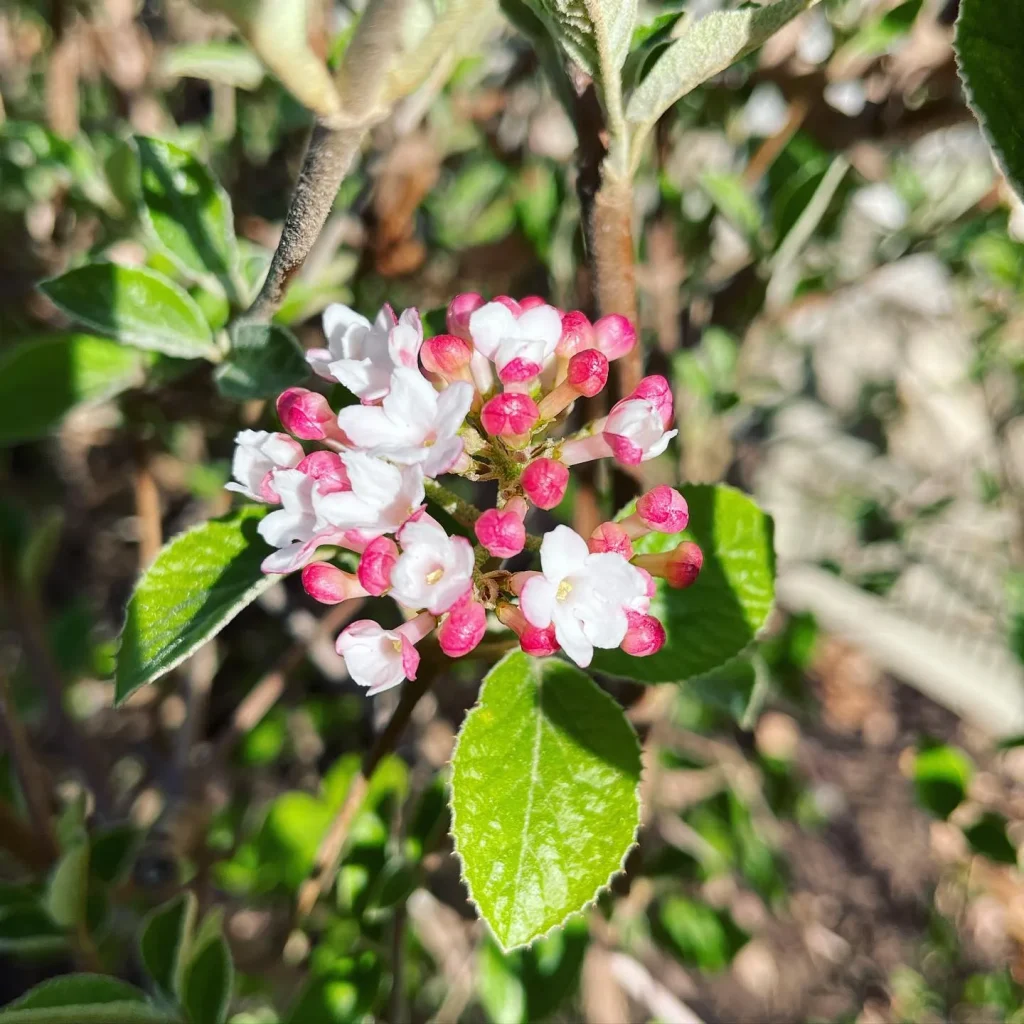Platycerium Hillii: Your Guide to This Majestic Staghorn Fern
Hi, Ferb Vu here, and I’m a huge houseplant enthusiast. Today, I want to delve into the fascinating world of Platycerium Hillii, also known as the Staghorn Fern. This architectural wonder is a captivating addition to any indoor space, but it requires specific care to thrive. So, buckle up, plant lovers, as we explore everything you need to know about this beauty.
What is Platycerium Hillii?
Imagine a fern with fronds that resemble antlers, reaching impressive lengths. That’s Platycerium Hillii in a nutshell. It’s an epiphytic fern, meaning it naturally grows on trees or rocks in the wild. This unique characteristic makes it a standout choice for mounted displays, adding a sculptural element to your home.
Native to Queensland, Australia, Platycerium Hillii boasts two distinct types of fronds:
- Shield fronds: These sterile fronds are round or kidney-shaped, tightly packed, and form a protective base for the plant.
- Fertile fronds: These upright fronds are the showstoppers. They’re long, bifurcated (forked), and a deep green, giving the plant its nickname, the Staghorn Fern.
There’s even a cultivar called ‘Hula Hands’ that boasts unique finger-like tips on the fertile fronds, adding another layer of intrigue to this already captivating plant.
Platycerium Hillii vs. Other Staghorn Ferns
Staghorn Ferns are a diverse group, but Platycerium Hillii is a popular choice for beginners due to its relative ease of care. Here’s a quick comparison with two other Staghorn Ferns:
- Platycerium bifurcatum (Elkhorn Fern): This fern has wider, flatter fertile fronds that resemble elk antlers, hence the name. It also prefers slightly drier conditions than Platycerium Hillii.
- Platycerium vascoseum (Basket Fern): This fern has long, cascading fertile fronds that form a basket-like structure. It thrives in high humidity and requires more frequent watering than Platycerium Hillii.
Ultimately, the best Staghorn Fern for you depends on your personal preference and the microclimate of your home.
How to Care for Platycerium Hillii?
Like any houseplant, Platycerium Hillii has specific needs to flourish. Here’s how to keep your Staghorn Fern happy and healthy:
Light: Provide bright, indirect light. Avoid harsh midday sun, which can scorch the fronds.
Water: Water thoroughly when the potting medium (if mounted) or the root ball (if potted) feels dry to the touch. Allow excess water to drain freely. Avoid letting the plant sit in water.
Humidity: Aim for high humidity (above 70%). Misting regularly, using a humidifier, or placing your Staghorn Fern on a pebble tray filled with water can help achieve this.
Temperature: Platycerium Hillii thrives in moderate temperatures between 18-29°C (64-84°F). Avoid placing it near cold drafts or heat sources.
Fertilizer: Use a balanced fertilizer diluted to half strength during the growing season (spring and summer). Avoid overfertilizing, which can damage the roots.
Mounting: If mounting your Staghorn Fern, use a well-draining medium like sphagnum moss, coconut husk chips, or cork bark. Secure the plant firmly to the mount.
Repotting: Potted Staghorn Ferns may need repotting every few years as the plant matures. Use a pot with good drainage and a well-aerated potting mix.
Common Problems with Platycerium Hillii
While generally a low-maintenance plant, here are some issues you might encounter:
- Brown fronds: This could be due to underwatering, overwatering, or lack of humidity.
- Yellowing fronds: This could be a sign of aging fronds, insufficient light, or nutrient deficiency.
- Pests: Mealybugs, scale, and aphids can occasionally bother Platycerium Hillii. Treat them with insecticidal soap or neem oil.
With proper care and a watchful eye, you can prevent these issues and ensure your Staghorn Fern thrives for years to come.
Conclusion
Platycerium Hillii is a remarkable houseplant that combines stunning looks with surprising ease of care. Its unique form and interesting growth habit make it a conversation starter in any home. So, if you’re looking for a fern that adds a touch of the exotic, consider welcoming a Platycerium Hillii into your life and with a little dedication, you’ll be rewarded with a majestic Staghorn Fern that will grace your home for years to come.




